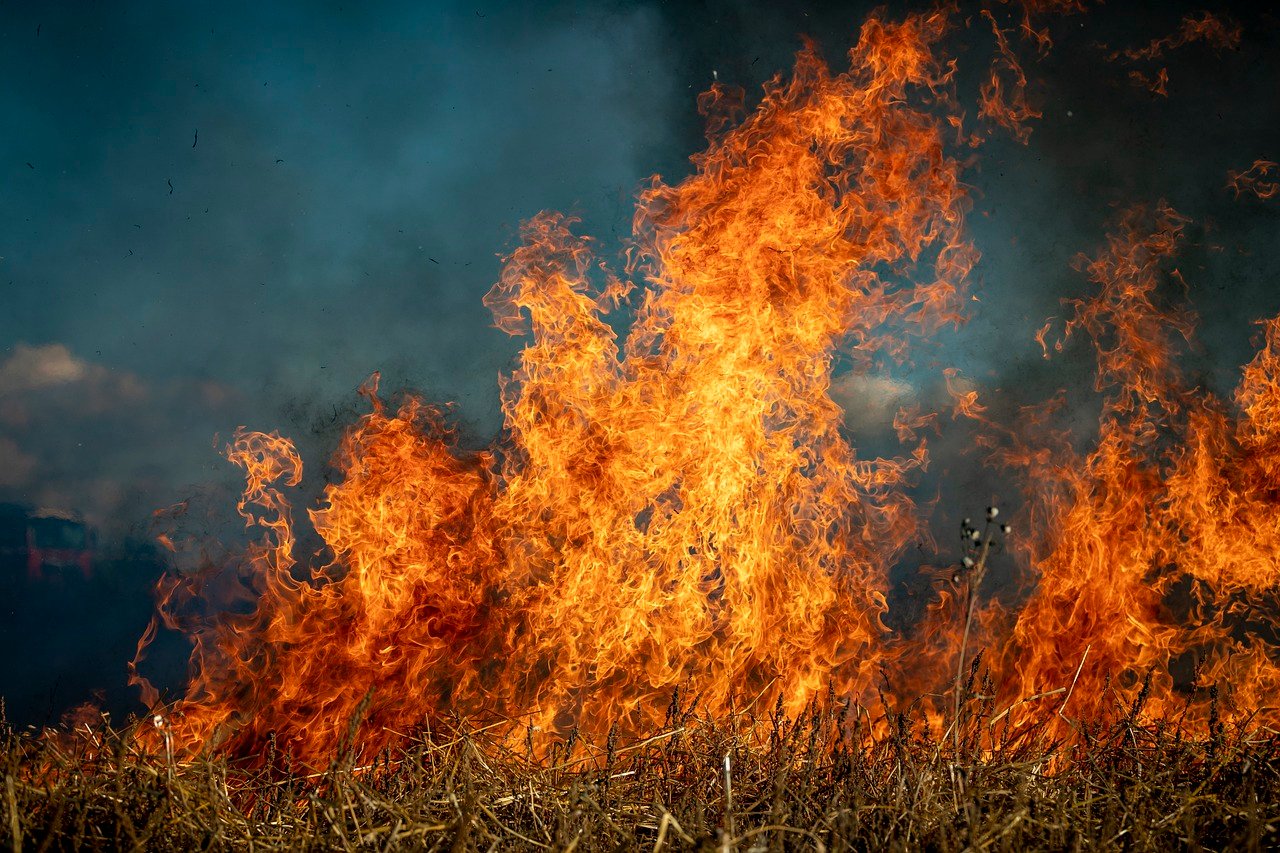The wildfires ravaging California have escalated into one of the most devastating natural disasters in the state’s history. As of January 22, 2025, the fires have burned over 40,000 acres, claimed at least 28 lives, and forced the evacuation of more than 200,000 residents. The Palisades and Eaton fires, the two largest blazes, have destroyed over 17,000 structures, leaving communities in ruins and emergency responders stretched thin.
Key Facts About the Wildfires
- Affected Areas:
The fires have primarily impacted Los Angeles, Riverside, San Bernardino, and Ventura counties. The Palisades Fire in Pacific Palisades and the Eaton Fire in Altadena are the most destructive, with the former burning 23,713 acres and the latter 14,021 acres. - Casualties and Damage:
- Deaths: At least 28 people have died, with many more injured or missing.
- Structures Destroyed: Over 17,000 homes, businesses, and other structures have been damaged or destroyed12.
- Evacuations: More than 200,000 residents have been forced to flee their homes.
3.Firefighting Efforts:
Firefighters are battling the blazes amid extreme conditions, including hurricane-force Santa Ana winds and low humidity. The Palisades Fire is 63% contained, while the Eaton Fire is 89% contained as of January.
Causes and Contributing Factors
The wildfires have been fueled by a combination of natural and human-induced factors:
- Climate Change: Rising temperatures and prolonged droughts have created ideal conditions for wildfires. A study by the University of California found that the 2024 heat anomalies alone contributed to 25% of the moisture deficit, exacerbating the crisis.
- Santa Ana Winds: These powerful, dry winds have reached speeds of up to 100 mph, fanning the flames and making containment efforts extremely challenging.
- Budget Cuts: The Los Angeles Fire Department faced a $17.6 million budget reduction, limiting its capacity to respond to large-scale emergencies.
Impact on Communities
The wildfires have left a trail of devastation:
- Displacement: Thousands of families have lost their homes and are seeking shelter in evacuation centers.
- Economic Losses: The economic cost of the fires is estimated to exceed $150 billion, with significant impacts on insurance and local businesses.
- Health Risks: Poor air quality due to smoke and ash has prompted health advisories, urging residents to stay indoors.
Government and Community Response
- Federal Assistance:
President Biden has pledged federal resources to cover 100% of firefighting costs for 180 days, including hazardous materials removal and temporary housing. - Local Efforts:
- Evacuation and Shelter: Local authorities have set up evacuation centers and provided essential supplies to displaced residents.
- Firefighting Resources: Additional firefighters, helicopters, and water tenders have been deployed to contain the blazes.
- Community Support:
Volunteers and organizations are assisting with debris removal, food distribution, and emotional support for affected families.
Looking Ahead
While recent rains have provided some relief, the threat of new fires remains high due to ongoing dry conditions and gusty winds. Authorities are preparing for potential mudslides and flooding in burn-scarred areas.
The wildfires underscore the urgent need for climate action and improved disaster preparedness. As California continues to grapple with the aftermath, the resilience of its communities and the dedication of first responders offer hope for recovery and rebuilding.
For real-time updates and resources, visit California Department of Forestry and Fire Protection or follow local news outlets.






